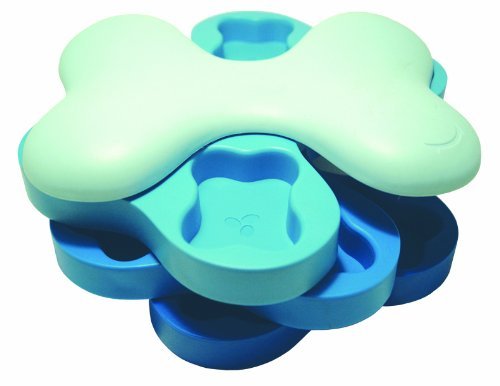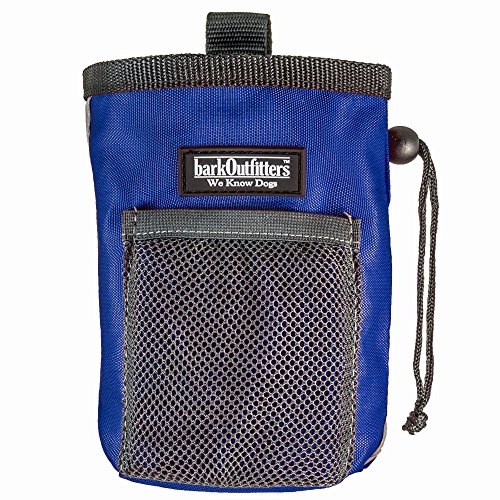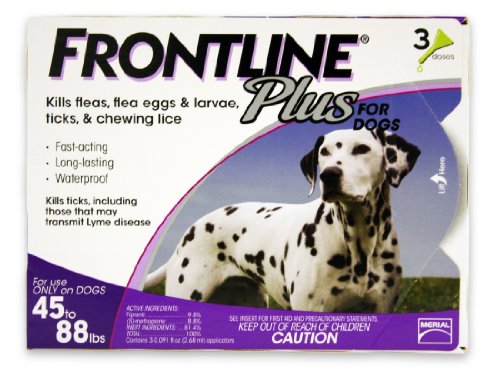
Fleas and dogs – Fleas and cats
KEEPING OUR PETS PARASITE FREE
Common parasites of cats and dogs
Fleas are the most common external parasite of both dogs and cats. They are transmitted from one infested animal to the next. Humans can unwittingly transmit fleas as well. This can happen when a flea jumps on their clothing. (at the ankles of pants and socks) Then the pet owner can transmit it to their pets unknowingly!
The flea spends its entire life on the animal buried in the layers of fur close to the warmth of the skin. They feed on blood (sucking and biting parasites), mate and lay their eggs (up to 50 per day) on the animal. The eggs slip off the animal as a result of scratching and get deposited where ever your pet has access. (Carpeting, car, anywhere your pet plays or sleeps, like your bed!).
Once the eggs have hatched they develop into larvae (if environmental conditions are ideal) that feed on the flea feces (digested blood) that falls from the pet’s fur. The larvae stage goes through 3 molts that last about 1-2 weeks after which the larvae spins a protective cocoon and develops into a mature flea (pupa stage). At this stage the flea pupa will only emerge if environmental conditions are ideal and host (dog /cat) is present. If neither condition is available the flea can remain dormant even in freezing temperatures until the suitable conditions are met, thus a flea cycle can last up to 21 months. Under suitable conditions the flea cycle last about 2 weeks.
Don’t rely on a pet scratching to indicate possible flea infestation. Your pet may be infested and not scratch at all or may have one flea bite him and he is scratching himself silly. Animals who react to the flea bites will scratch due to the allergic reaction from the flea’s saliva, much like a mosquito bite. Make routine flea checks to be sure that your pet is free of fleas.
Glide your two thumbs in the direction opposite of the fur and blow with your breath so that the hairs lift as you move forward. Check for any small fast moving insect and black deposits near the skin (the dried flea feces) or white deposits (flea eggs). Fleas like to hang out in area like the groin, the abdomen, around the neck and tail, and along the spine. You can also use a flea comb but this can be inconclusive in heavy coated dogs.
For smaller pets place them on a white sheet of paper or Scott towel and shake the fur. If black dirt falls (looks like a comma) confirm that it is flea dirt by wetting the dirt and observing for a red color to appear (hence blood). Observe for skin irritation, red little bumps on the skin (inflammatory reaction), or hair loss in a particular region.
Can’t get to your vet , wash your pet with water and natural shampoo, the bath will drown the fleas on your pet and the natural shampoo( oatmeal +Aloe Vera) will be soothing to the skin. Clean the house with the vacuum cleaner to eliminate as much as possible eggs and larvae in the house, throw out the vacuum bag when done! Consult with your vet for the appropriate flea treatment for your pet as fleas can cause anemia and transmit other parasites and diseases that can become fatal for your pet.
Kittens and puppies under 8 weeks of age should not be treated with any type of chemical products for fleas as this could be fatal. Resort to a flea comb and gentle shampoo until appropriate treatment can be used if required.
 Five Ways to Stop Dog Barking When You Leave Your Pet Alone
Many dog owners are surprise
Five Ways to Stop Dog Barking When You Leave Your Pet Alone
Many dog owners are surprise
 Small Dog Cross Breed As A Pet
Our dog, Mika , is quite a mix of breeds.
Small Dog Cross Breed As A Pet
Our dog, Mika , is quite a mix of breeds.
 Tips For Renting With Pets: Finding a place to live with your dog
Tips For Renting With Pets
I have been owned by dogs for ov
Tips For Renting With Pets: Finding a place to live with your dog
Tips For Renting With Pets
I have been owned by dogs for ov
 Where Can I Find a Dog for My Family?
Animal Shelter in Iowa, Washington
Cr
Where Can I Find a Dog for My Family?
Animal Shelter in Iowa, Washington
Cr
 How to Relieve Your Pets Itching and Scratching
Unhealthy SkinA number of sk
How to Relieve Your Pets Itching and Scratching
Unhealthy SkinA number of sk
Copyright © 2005-2016 Pet Information All Rights Reserved
Contact us: www162date@outlook.com